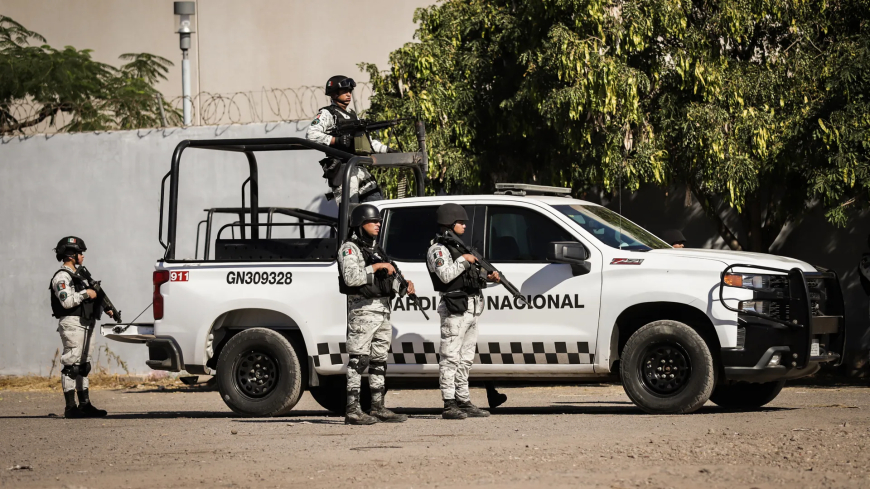Mexico Hands Over 26 Cartel Figures to U.S. in Bold Security Agreement
Mexico has transferred 26 high-ranking cartel figures to the U.S. as part of a new security partnership, marking a sharp increase in cross-border cooperation.

In a high-stakes move signaling deepening security collaboration, Mexico has transferred 26 high-ranking cartel figures to the United States, according to U.S. and Mexican sources. The extraditions took place on Tuesday, August 12, 2025, under an intensifying crackdown on drug trafficking networks.
This latest operation follows previous mass transfers earlier this year, reflecting increased pressure from the Trump administration on Mexico to step up enforcement against organized crime.
Key Figures and Details
-
Leaders of Los Cuinis: Among those transferred is Abigael González Valencia, a key financier of the powerful Jalisco New Generation Cartel (CJNG) via the Los Cuinis faction. His network played a central role in expanding CJNG’s reach across North America.
-
Murder Allegation: Also extradited is Roberto Salazar, who is accused of involvement in the 2008 killing of a Los Angeles County sheriff’s deputy.
ReutersAP News
Legal Framework and Diplomatic Cooperation
This extradition package was part of a coordinated agreement: the U.S. Justice Department agreed not to seek the death penalty for any of the 26 individuals—a condition Mexico made clear before transfers began.
ReutersEl País
Officials from Mexico’s Attorney General and Security Ministry confirmed the extraditions, though they did not publicly name the individuals. A press conference was expected to follow the action.
Context: Striking a Delicate Balance
This is the second major extradition effort in recent months—the first occurred in February, when 29 cartel figures, including the notorious Rafael Caro Quintero, were sent to U.S. custody. Those transfers preceded threatened 25–30% tariffs on Mexican imports, creating sharp incentives for cooperation.
WikipediaWFMJ
President Claudia Sheinbaum has adopted a dual-track approach: a firm crackdown on cartel operations paired with a strong stance defending Mexican sovereignty against U.S. military involvement.
El País
Why This Matters
This latest wave of extraditions signals multiple shifts:
-
Escalating U.S.–Mexico law enforcement collaboration, leveraging diplomatic and economic influence to reshape cartel dynamics.
-
Reinforced pressure on the CJNG, one of the most violent cartels along the U.S.–Mexico border.
-
Strategic diplomacy, using security deliverables to ease economic tensions and avert tariffs.
For U.S. law enforcement and communities impacted by drug trafficking, the removal of these high-level figures may offer temporary relief—but root causes remain deeply entrenched.
Summary Table
| Element | Details |
|---|---|
| Who | 26 cartel figures—including Los Cuinis leader and a suspect in a 2008 law-enforcement killing |
| When | Tuesday, August 12, 2025 |
| Deal Terms | U.S. DOJ agreed not to seek the death penalty |
| Context | Follow-up to February extraditions; tied to tariff negotiations |
| Implications | Intensified U.S.–Mexico cooperation; key blow to CJNG-linked networks |
This extradition marks a new chapter in cross-border security efforts, combining diplomatic maneuvering with law enforcement strategy. As both countries continue chess-like negotiations over trade and crime, such moves may define the tone of their response to cartel violence in 2025 and beyond.











